Baliem Valley: A highland area with the unique Dani culture
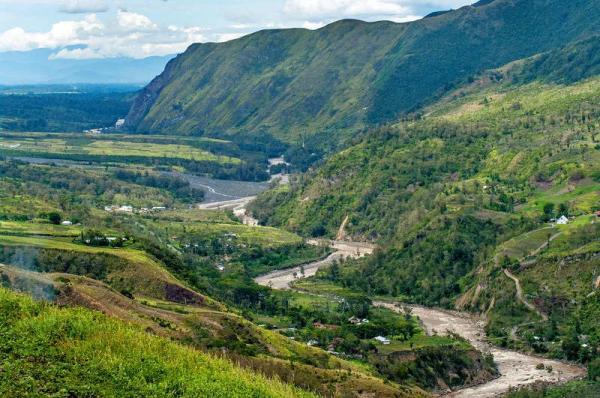
# A Complete Guide to Things to Do in Baliem Valley, Indonesia
Nestled deep in the heart of Papua, Indonesia, Baliem Valley is a land of breathtaking natural beauty, cultural richness, and thrilling adventure. This isolated highland valley is home to indigenous tribes, ancient traditions, and diverse landscapes. Visitors to Baliem Valley are transported back in time, away from modern distractions, into a world where indigenous customs thrive and the land’s stunning geography dominates every view.
Whether you're drawn to the valley’s indigenous cultures, rugged trekking routes, or picturesque scenery, Baliem Valley offers something for everyone. This comprehensive guide explores the best things to do and experiences to enjoy in this magical region of Papua.
1. Explore the Unique Dani, Lani, and Yali Tribes
Baliem Valley is home to three main indigenous groups: the Dani, Lani, and Yali tribes. These groups have lived in the valley for centuries, preserving their ancient customs, clothing, and ways of life. Visiting these tribes is like stepping into a living museum where traditions are still very much alive.
What to Do:
- Cultural Tours: One of the best ways to experience the cultures of Baliem Valley is by taking guided tours to visit tribal villages. Your guide can explain the significance of the various customs, from agriculture to marriage rituals, and provide insight into the communities’ subsistence lifestyles. In Dani villages, you’ll witness traditional houses (known as "honai"), and you might even be invited into one to see how the people live.
- Attend a Tribal Ceremony: Depending on the time of year, there may be opportunities to witness traditional ceremonies. The Dani people, for example, hold fascinating rituals to mark important events in their lives, such as the harvest or the birth of a child. One of the most exciting ceremonies is the "war dance", which reenacts historical conflicts between tribes. Be sure to ask your guide if such ceremonies are taking place during your visit.
- Learn Traditional Skills: In certain villages, you can participate in workshops that teach traditional crafts. These can include basket weaving, pottery making, or cooking local dishes such as “Papeda” (a starchy dish made from sago). In Dani villages, you might even learn about the Mummification tradition, where the bodies of deceased tribal leaders were preserved and placed in the hills.
- Photography of Tribal Life: Many of the tribes are happy to allow photography of their daily lives, but it’s important to ask for permission first. Capture images of the intricate body paint, traditional costumes, and the intense spirit of the community.
2. Trekking in Baliem Valley
Baliem Valley is a trekking paradise. With its dense forests, rolling hills, and towering peaks, the valley offers a range of trekking opportunities for both novice and experienced hikers. The region’s remote nature means that trekking here provides a true sense of wilderness.
What to Do:
- Baliem Valley Trek (3-4 Days): The classic Baliem Valley trek is one of the most famous treks in Papua. Starting from Wamena, the trek takes you on a journey through villages, forests, and hills, offering stunning views of the valley below. The trek can last between 3-4 days, depending on your pace, and provides an intimate experience of the local tribes. Along the way, you’ll pass through villages where locals still practice subsistence farming, giving you a rare look at life in this remote region.
- Papua’s Mountain Trekking (10-12 Days): For serious trekkers, a multi-day trek through Papua’s highlands offers unparalleled challenges and rewards. The Carstensz Pyramid, at 4,884 meters (16,024 feet), is the highest point in Oceania and provides one of the most difficult climbs in the world. It's a true test of endurance and skill, but the view from the summit—over a rugged landscape of glaciers and peaks—is worth every ounce of effort.
- Waterfall Hikes: Baliem Valley is home to several beautiful waterfalls hidden throughout the region. The Kongga Waterfall, one of the tallest in Papua, is a popular destination for trekkers. It’s located in a remote area, so reaching it involves a challenging hike through the jungle, but the reward of seeing the waterfall in its untouched state is well worth the effort.
- Nature Walks: If you prefer shorter walks, there are plenty of options that let you explore the valley's incredible biodiversity. Explore the lush forests around the valley and marvel at the tropical plants, including orchids and giant ferns.
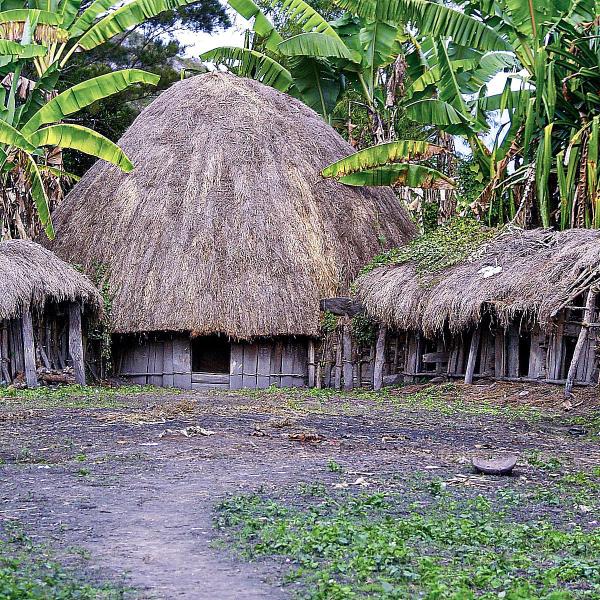
3. Visit Wamena
Wamena is the largest town in Baliem Valley and serves as the gateway to the valley’s attractions. While it’s small compared to Indonesia’s major cities, Wamena offers an essential base for travelers exploring the surrounding villages and the larger valley.
What to Do:
- Wamena Market: A visit to Wamena is not complete without stopping at the local market. The market is a hub of activity and provides a great opportunity to shop for local crafts and produce. You can find handwoven baskets, wooden carvings, hand-painted masks, and other unique souvenirs made by the valley’s indigenous tribes.
- Explore Wamena Town: Take a walk through Wamena’s streets and experience life in a remote highland town. While Wamena may feel rustic and laid-back, it has a distinct charm, with its simple but functional infrastructure. You can visit local shops and sample street food or try a cup of coffee made from beans grown locally in the highlands.
- Visit the Baliem Valley Museum: The Baliem Valley Museum in Wamena showcases the cultural heritage of the region’s tribes. Here, you’ll find collections of traditional clothing, artifacts, and photographs that offer insights into the valley's history and its people.
- Cultural Performances: Many hotels and guesthouses in Wamena organize cultural performances where locals perform traditional songs, dances, and even mock battles that give visitors a taste of indigenous culture.
4. Discover the Natural Beauty of the Valley
Baliem Valley's natural landscapes are truly remarkable. Surrounded by towering mountains, the valley is lush with vegetation, dotted with rivers, waterfalls, and terraced fields. The biodiversity here is incredible, making it a paradise for nature lovers.
What to Do:
- Bird Watching: Baliem Valley is home to many rare and endemic bird species. The most famous of these is the Bird of Paradise, a stunningly beautiful bird found in the forests of Papua. Birdwatchers can also spot species like the Cenderawasih (bird of paradise), parrots, and hornbills. Take a guided bird-watching tour to get the best chance of spotting these magnificent creatures.
- Rafting on the Baliem River: The Baliem River, which flows through the valley, offers some exciting white-water rafting opportunities. The river’s clear waters and dramatic rapids provide an adrenaline rush for adventurous travelers.
- Hiking and Camping: Many visitors choose to set up camp in the remote and pristine regions of the valley. You can camp along the riverbanks, in dense jungle, or in grassy clearings. Enjoy the serenity and escape the noise of the modern world while taking in stunning views of the surrounding mountains.
- Visit the Lakes of Baliem Valley: Explore the tranquil lakes of the valley, such as Lake Sianyo and Lake Warna, which provide an idyllic spot to relax and take in the breathtaking scenery.
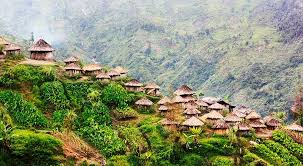
5. Experience Local Cuisine
Baliem Valley’s cuisine reflects the simple yet flavorful ingredients that the indigenous people have used for centuries. The food is predominantly plant-based, with an emphasis on locally grown crops like sweet potatoes, taro, and cassava.
What to Do:
- Try the "Papeda": A popular dish among the Dani people, Papeda is made from sago starch, creating a gelatinous, sticky texture. It’s usually served with a fish broth or meat stew. Its unique texture and flavor make it a must-try for anyone visiting the valley.
- Taste Local Dishes: Enjoy a variety of meats and vegetables that are often roasted or boiled. A local specialty is babi (pig), which is cooked in a traditional way, often roasted underground. If you're lucky, you might be invited to a local feast to enjoy such a dish prepared in an elaborate ritual.
- Sample Exotic Fruits: The region’s tropical climate supports a variety of exotic fruits like rambutan, papaya, banana, and pineapple. These are often sold in the local markets and are a refreshing treat after a long hike.
6. Cultural Festivals
Baliem Valley is home to several exciting festivals that celebrate its indigenous cultures. These events are an incredible way to experience the deep traditions of the tribes and their people.
What to Do:
- Baliem Valley Festival: Held every August, this is the most famous festival in Baliem Valley. During this event, the Dani, Lani, and Yali tribes come together to showcase their cultural heritage through traditional dances, music, mock battles, and ceremonies. You can witness traditional hunting and farming techniques, see the warriors perform their iconic "war dance", and watch as pigs are slaughtered and cooked in large feasts.
- Tribal Music and Dance Performances: If you’re visiting during other parts of the year, some villages may offer performances of traditional music and dances. These often involve rhythmic drumming, singing, and energetic movements that have been passed down through generations.
7. Photography and Scenic Views
Baliem Valley is one of the most photogenic places on Earth. From its vast highland plains to the majestic mountain ranges, there are countless opportunities for photographers to capture the beauty of the valley’s landscapes and people.
What to Do:
- Sunset Views from the Valley: The best time to capture the beauty of Baliem Valley is at sunrise and sunset. The golden hour light casts dramatic shadows over the valley, creating perfect photo opportunities. Head to the hills around Wamena for panoramic views of the valley’s endless expanse.
- Photography of Local Life: In addition to the landscapes, you’ll find plenty of opportunities to photograph the indigenous people, their clothing, their way of life, and the vibrant colors of their surroundings.
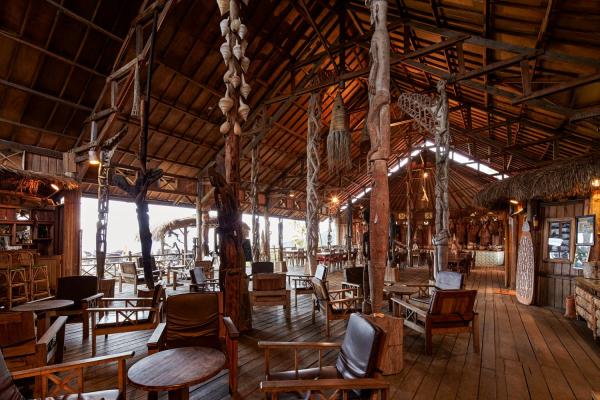
8. Experience Traditional Arts and Crafts
The indigenous people of Baliem Valley are known for their incredible craftsmanship, creating everything from intricate textiles to wooden sculptures. The artistry you’ll encounter in the valley is unique to this part of the world.
What to Do:
- Visit Local Craft Workshops: Some villages offer visitors a chance to learn about traditional arts and crafts. You might be able to try weaving baskets, carving wooden masks, or learning how to make traditional clothing from locally sourced materials.
- Purchase Handicrafts: If you’re looking for a memorable souvenir, consider buying a hand-carved wooden sculpture, a woven basket, or a hand-painted mask from a local craftsman.

9. Relax and Enjoy the Peaceful Atmosphere
While adventure and cultural immersion are highlights of Baliem Valley, the peaceful atmosphere and serene surroundings offer the perfect escape from the fast-paced world.
What to Do:
- Stay in Eco-Friendly Lodges: Many lodges in Baliem Valley focus on eco-tourism, offering travelers a chance to relax in comfortable, sustainable accommodations while surrounded by nature. These eco-lodges provide an authentic experience without compromising on comfort.
- Meditate or Practice Yoga: With the stunning scenery and tranquil environment, Baliem Valley is the perfect place to practice yoga or meditate. Many eco-lodges offer outdoor yoga spaces where you can enjoy the fresh air and immerse yourself in nature.
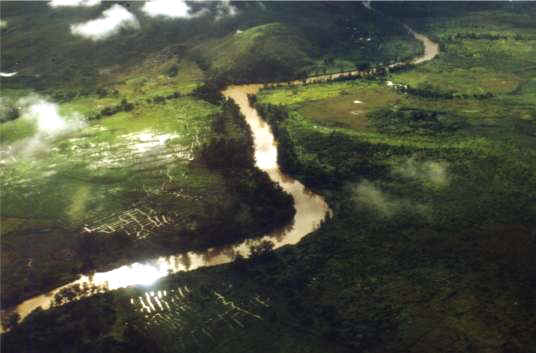
Conclusion
Baliem Valley is an extraordinary destination that offers an unparalleled combination of natural beauty, indigenous culture, adventure, and serenity. Whether you’re trekking through the lush landscape, learning about the region’s ancient tribes, or simply relaxing in the tranquil atmosphere, the experiences you’ll have in Baliem Valley are sure to leave a lasting impression. This remote corner of Papua, Indonesia, is a must-visit for anyone seeking an authentic and transformative travel experience.
No comments yet. Be the first to add a review.